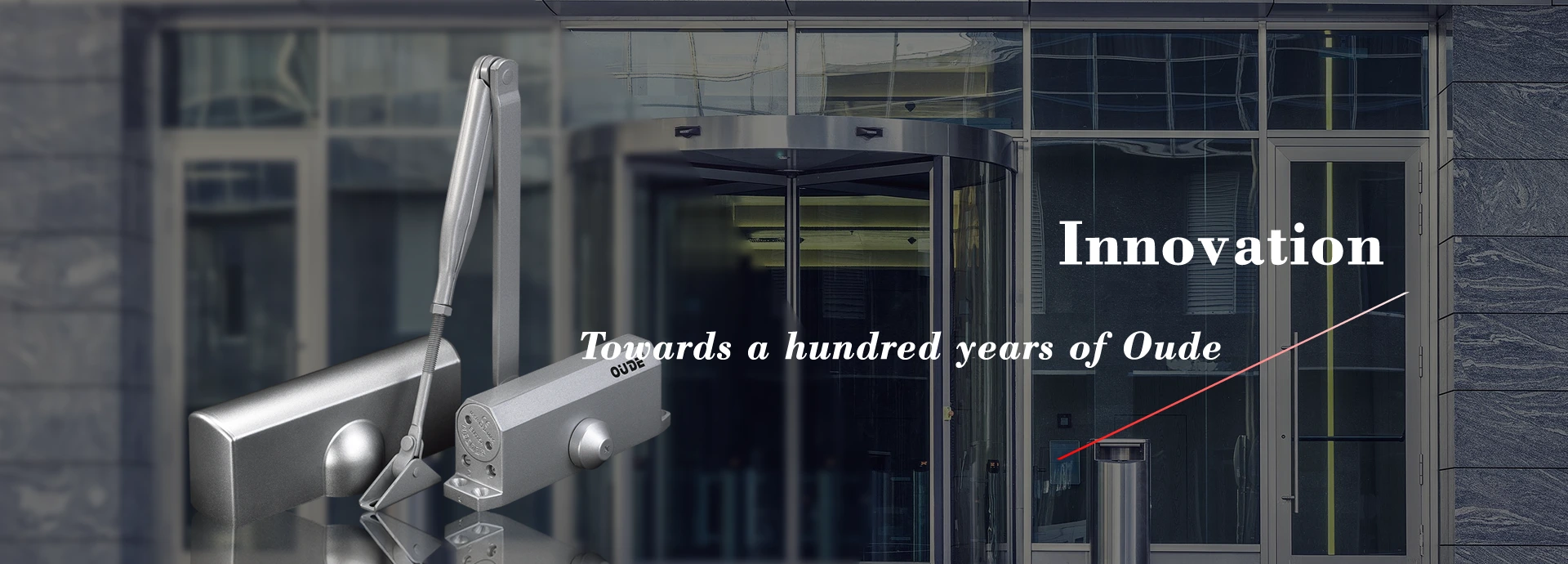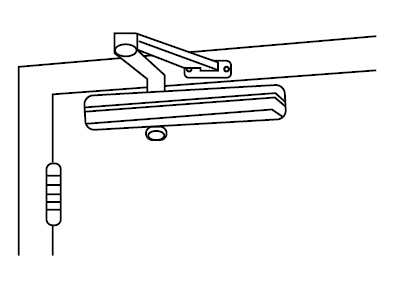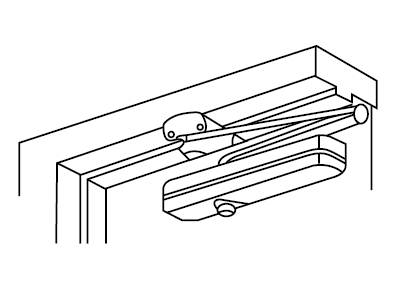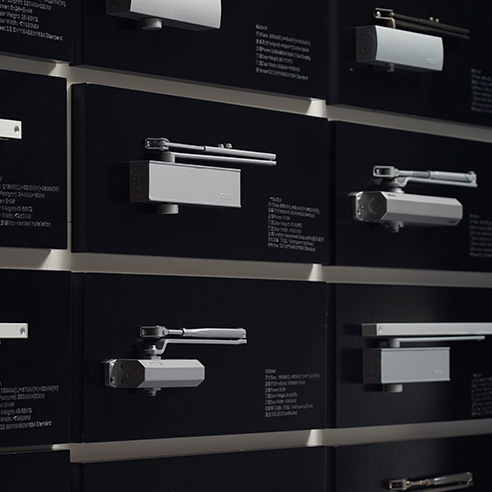
The article explains the differences between regular and parallel arm door closers, focusing on installation, functionality, and ideal use cases.


When it comes to door closers, you might come across two main types of arms: the regular arm door closer and the parallel arm door closer. While both serve the purpose of ensuring doors close automatically after they’re opened, the key difference lies in how they’re installed and how they function. Let’s break it down.

Choose the right door closer—regular or parallel arm—for your space with Cn-oude’s expert solutions.
First off, regular arms are the most commonly used. They are mounted on the door frame, with the door closer arm extending out away from the door when open. This makes it visible, which might not always suit certain aesthetics, but functionally, it works very well for most scenarios.
Regular arm closers use a typical two-arm system. One arm connects to the door closer body, and the other extends to the frame. This creates a “scissor-like” action when the door closes. It’s efficient and especially good for managing heavy doors or in cases where the door is frequently used. However, the door arm sticks out, and it’s something you may want to consider in high-traffic areas where it could potentially obstruct or snag.
The parallel arm is installed on the push side of the door, unlike the regular arm which is mounted on the pull side. When installed, the arm lays flat against the door, giving it a more streamlined and low-profile appearance. For places where appearance matters, this is usually the better option.
Parallel arm closers aren’t just about looks—they’re incredibly effective in high-traffic areas. They are less likely to get damaged because the arm doesn’t project out into the space. That’s why you’ll often see them in schools, hospitals, and other spaces where people are moving quickly through doors. But, compared to regular arms, they produce a bit less closing force. This makes them less ideal for heavier doors, though they can still be used for many applications depending on the model.
Both options are effective solutions for controlling the use of doors, but the choice primarily depends on your specific needs.
| Feature | Regular Arm Door Closer | Parallel Arm Door Closer |
| Power | Higher closing force | Less force, suitable for moderate-weight doors |
| Visibility | More visible, protrudes | Compact and low-profile |
| Durability | Can be less durable in high-traffic areas | More durable, less likely to be damaged |
| Best Use | Heavy doors, frequent use | Aesthetic-focused, moderate traffic |
When it comes to sheer closing force, the regular arm door closer has the upper hand. That’s simply because its extended design creates more leverage, making it better suited for handling heavy doors or doors that face strong winds or frequent use.
The parallel arm is the clear winner here. Offering a more compact, cleaner look, it appeals to those who want function without the machine-like extension of a regular arm. It’s usually the go-to for buildings or rooms where aesthetics are critical but heavy-duty door performance isn’t crucial.
In terms of wear and tear, parallel arms tend to be more durable for high-traffic areas, where repetitive motion could create problems for any device that sticks out. A parallel arm’s flat profile means fewer chances of getting knocked or damaged.
Choosing between a regular arm door closer and a parallel arm door closer should come down to how much traffic the door gets, the weight of the door, and your preference for aesthetics. The regular arm provides a strong, reliable close for heavier doors. It’s visibly more prominent, but also more powerful. The parallel arm, on the other hand, offers a sleeker, less intrusive look while providing quiet, controlled closing for less demanding applications. Both have their place—you just need to determine where that place is.
If you’re looking for high-quality door closers, consider exploring Cn-oude. Their range of durable and aesthetically pleasing options can meet any door closure needs, ensuring you find the perfect solution for your space.




